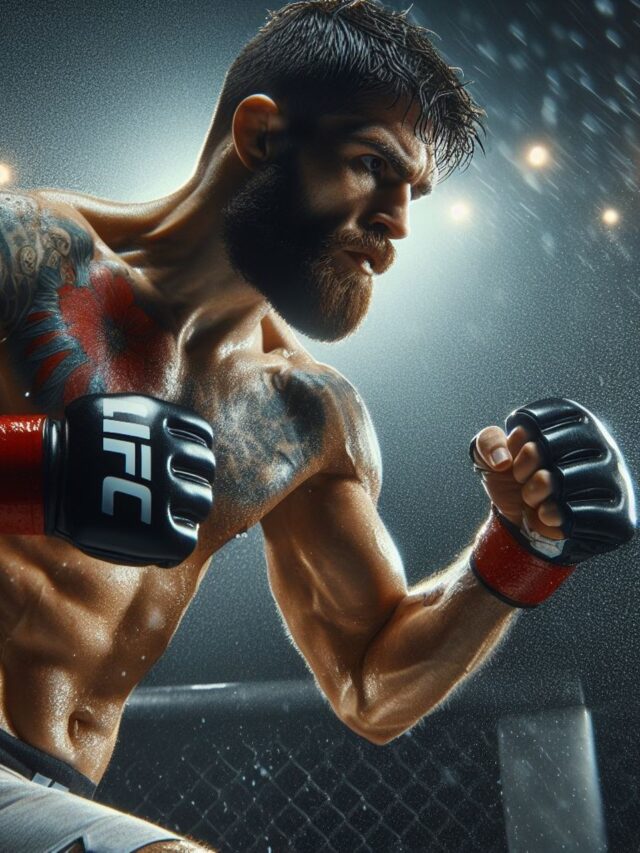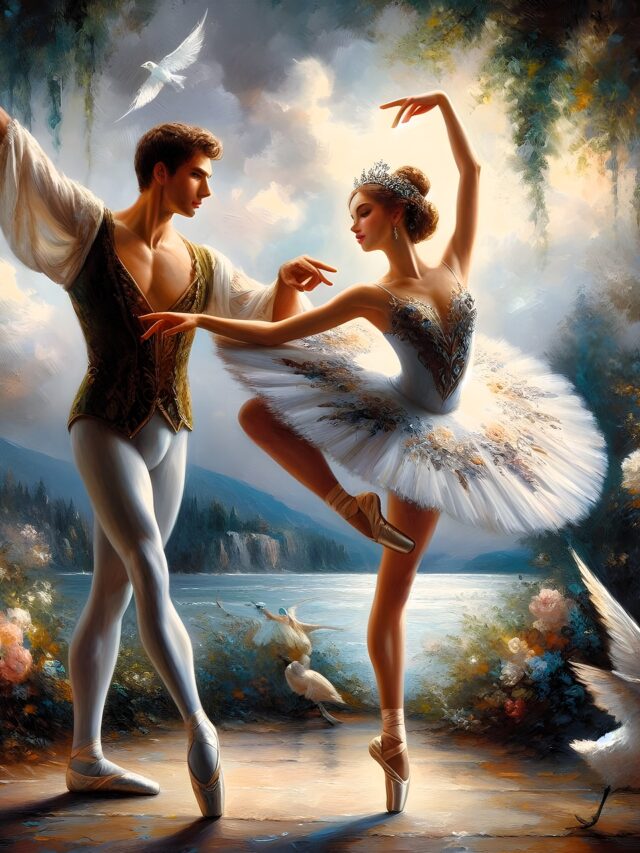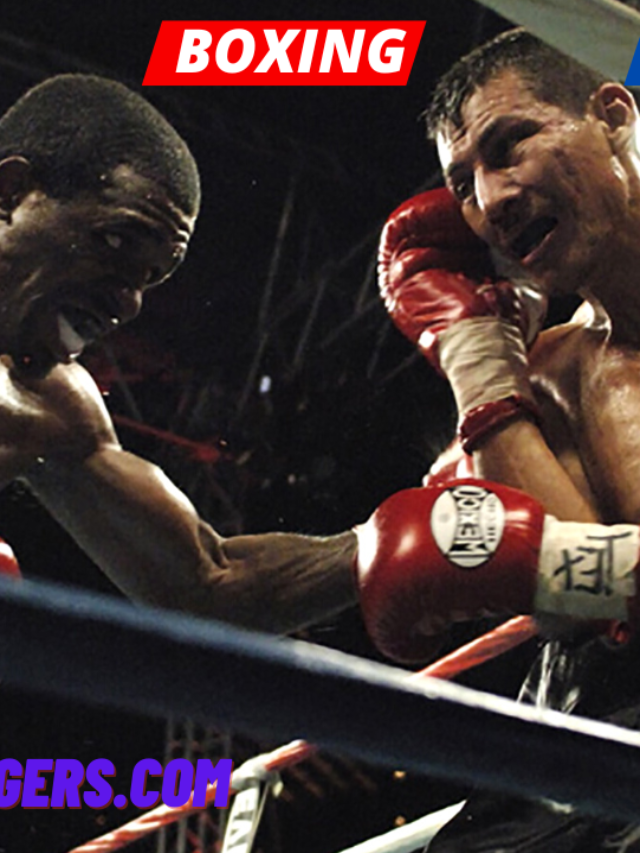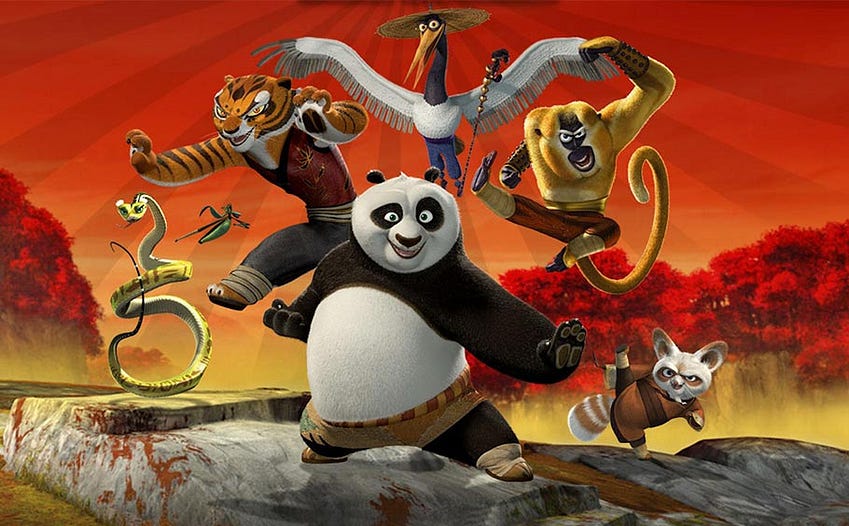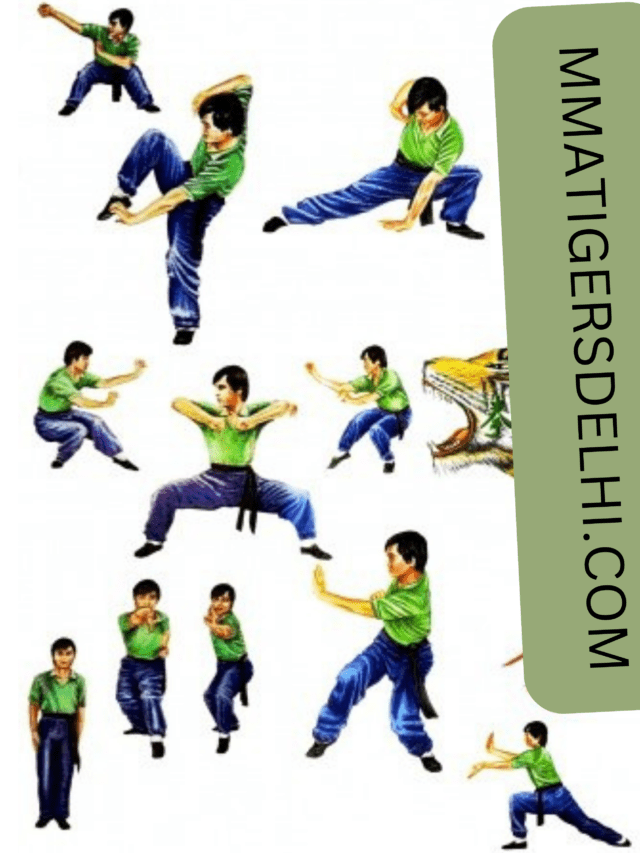
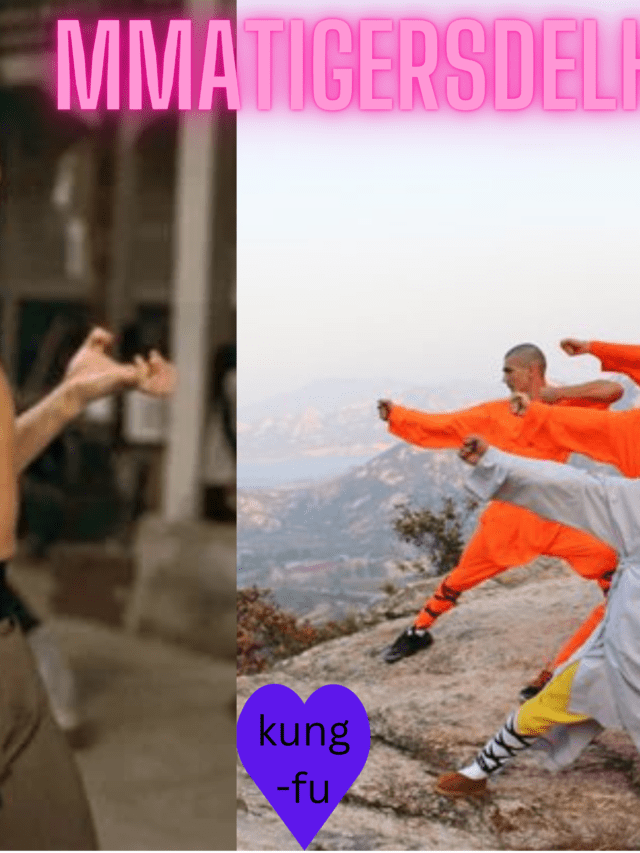
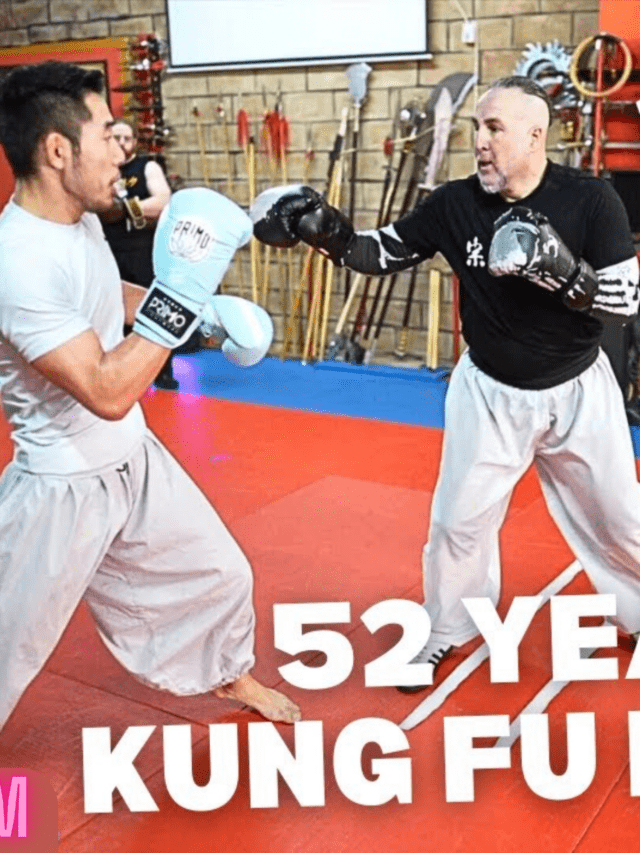
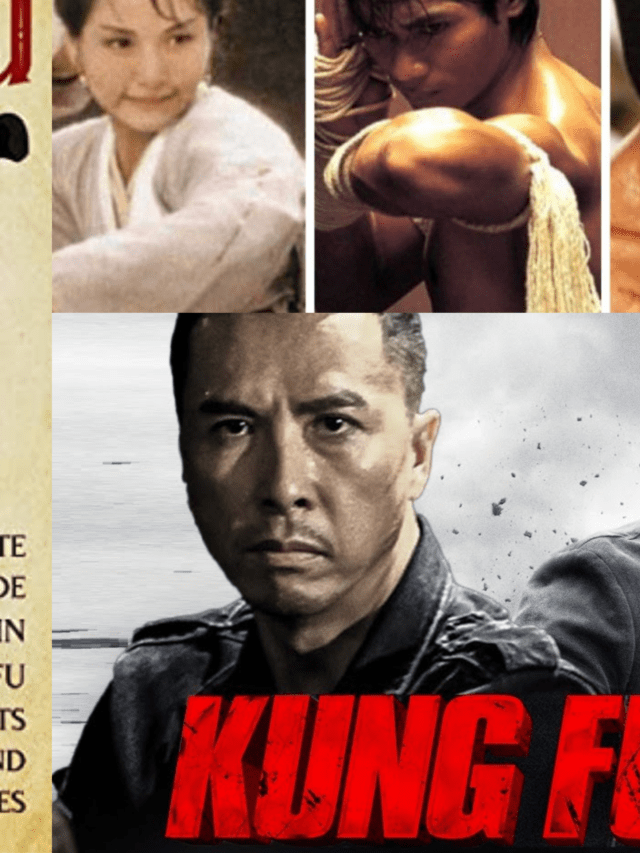
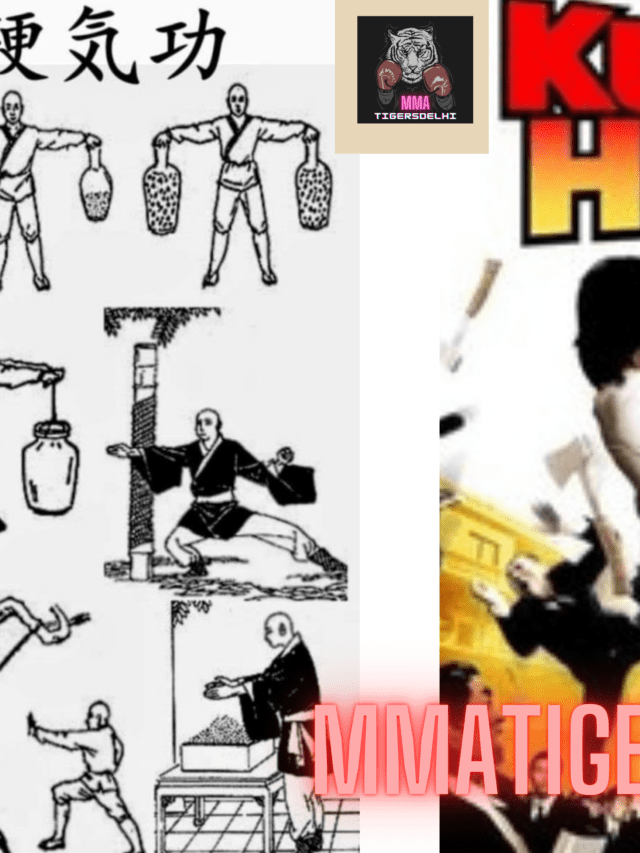
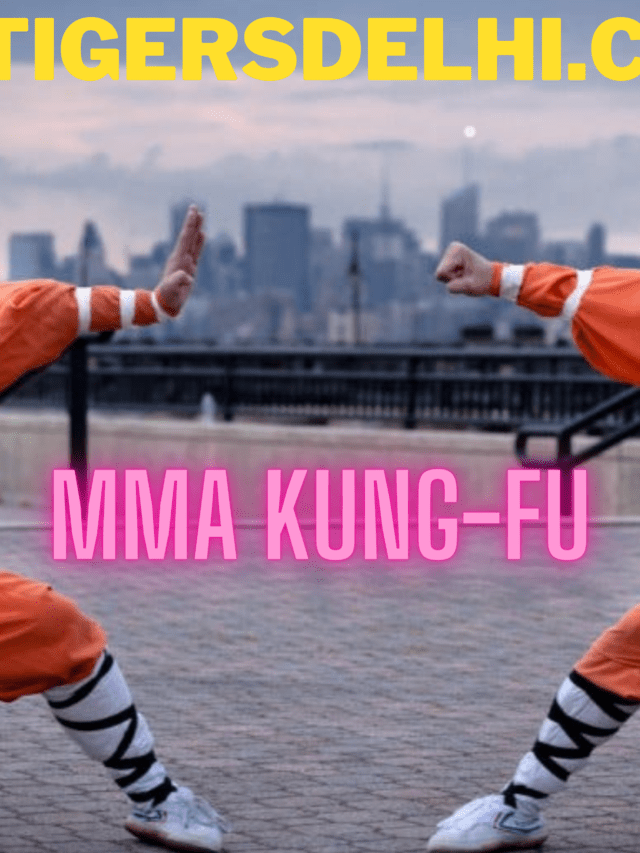
![kung fu classes near me,kung fu schools near me,kung fu lessons near me,kung fu training near me,shaolin kung fu near me, kung fu martial arts near me,kung fu dojo near me,kung fu near me for adults,kung fu for adults near me,learn kung fu near me, kung fu classes for adults near me,kung fu studio near me,shaolin martial arts near me,shaolin near me,kung fu karate near me, kung fu studio near me,kung fu karate near me,kung fu gyms near me,shaolin kung fu classes near me,kung fu lessons for adults near me, kung fu teacher near me,kung fu clubs near me,kung fu clubs near me,kung fu clubs near me,karate kung fu near me,kung fu around me, kung fu centre near me,kung fu classes in near me,kung fu coaching centres near me,kung fu classes nearby,kung fu coaching near me kung fu institute near me,kung fu instruction near me,kung fu karate classes near me,kung fu training centre near me,martial arts kung fu near me,near by kung fu classes,tilaknager kungfu near,kung fu training centre near me,martial arts kung fu near me,martial arts near me kung fu,near by kung fu classes,near me kung fu classes,nearby kung fu classes,shaolin kung fu training near me,traditional kung fu near me,Keywords that you provided mma kungfu classes,kungfu tranning center near,tilaknager kungfu near,delhi kungfu center This article is specifically about the generalized term "Kung fu". For the Chinese martial arts commonly known as "wushu", see Chinese martial arts. For other uses, see Kung fu (disambiguation) Kung fu Chinese 功夫 Transcriptions Part of a series on Chinese martial arts (Wushu) Styles of Chinese martial arts List of Chinese martial arts Terms Historical locations Legendary figures Historical individuals Modern celebrities Related vte In general, kung fu or kungfu (/ˌkʌŋˈfuː/ ⓘ or /ˌkʊŋˈfuː/; pinyin: gōngfu pronounced [kʊ́ŋfu]) refers to the Chinese martial arts also called wushu and quanfa. In China, it refers to any study, learning, or practice that requires patience, energy, and time to complete. In its original meaning, kung fu can refer to any discipline or skill achieved through hard work and practice, not necessarily martial arts (for example, the discipline of tea making is called the gongfu tea ceremony). The literal equivalent of "Chinese martial art" in Mandarin would be 中國武術 zhōngguó wǔshù.[1] There are many forms of kung fu, such as Shaolin kung fu, Wing Chun, and tai chi, and they are practiced all over the world. Each form of kung fu has its own principles and techniques, but is best known for its trickery and quickness, which is where the word kung fu is derived. It is only in the late twentieth century that this term was used in relation to Chinese martial arts by the Chinese community.[2] The Oxford English Dictionary defines the term "kung-fu" as "a primarily unarmed Chinese martial art resembling karate" and attributes the first use of "kung fu" in print to Punch magazine in 1966.[3] This illustrates how the meaning of this term has been changed in English. The origin of this change can be attributed to the misunderstanding or mistranslation of the term through movie subtitles or dubbing.[2]MMA tigersdelhi.com KUNG-FU](https://mmatigersdelhi.com/wp-content/uploads/2024/03/MMA-KUNG-FU-640x853.png)
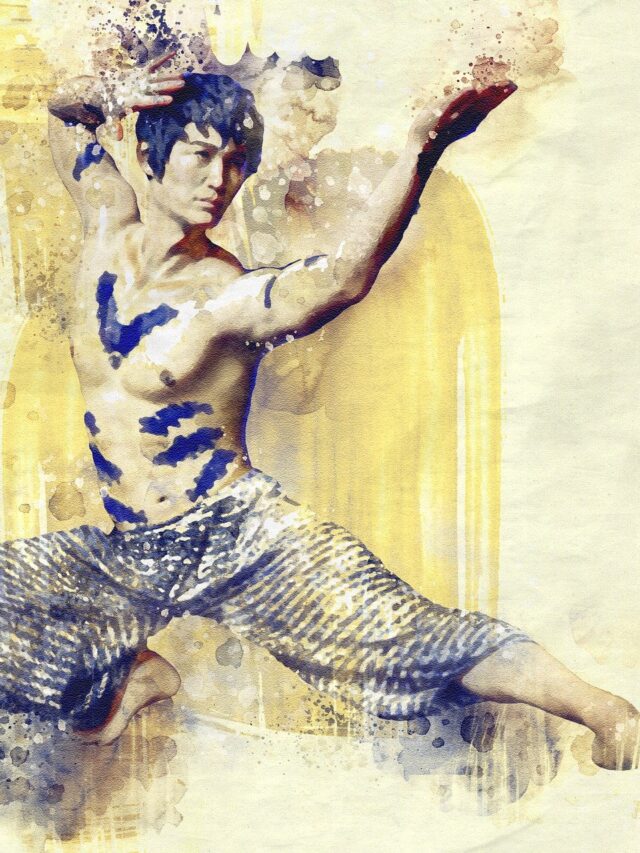
![kung fu classes near me,kung fu schools near me,kung fu lessons near me,kung fu training near me,shaolin kung fu near me, kung fu martial arts near me,kung fu dojo near me,kung fu near me for adults,kung fu for adults near me,learn kung fu near me, kung fu classes for adults near me,kung fu studio near me,shaolin martial arts near me,shaolin near me,kung fu karate near me, kung fu studio near me,kung fu karate near me,kung fu gyms near me,shaolin kung fu classes near me,kung fu lessons for adults near me, kung fu teacher near me,kung fu clubs near me,kung fu clubs near me,kung fu clubs near me,karate kung fu near me,kung fu around me, kung fu centre near me,kung fu classes in near me,kung fu coaching centres near me,kung fu classes nearby,kung fu coaching near me kung fu institute near me,kung fu instruction near me,kung fu karate classes near me,kung fu training centre near me,martial arts kung fu near me,near by kung fu classes,tilaknager kungfu near,kung fu training centre near me,martial arts kung fu near me,martial arts near me kung fu,near by kung fu classes,near me kung fu classes,nearby kung fu classes,shaolin kung fu training near me,traditional kung fu near me,Keywords that you provided mma kungfu classes,kungfu tranning center near,tilaknager kungfu near,delhi kungfu center This article is specifically about the generalized term "Kung fu". For the Chinese martial arts commonly known as "wushu", see Chinese martial arts. For other uses, see Kung fu (disambiguation) Kung fu Chinese 功夫 Transcriptions mmatigersdelhi.com (2)In popular culture References to the concepts and use of Chinese martial arts can be found in popular culture. Historically, the influence of Chinese martial arts can be found in books and in the performance arts specific to Asia. Recently, those influences have extended to the movies and television that targets a much wider audience. As a result, Chinese martial arts have spread beyond its ethnic roots and have a global appeal. Martial arts play a prominent role in the literature genre known as wuxia. This type of fiction is based on Chinese concepts of chivalry, a separate martial arts society (武林; Wulin) and a central theme involving martial arts. Wuxia stories can be traced as far back as the 2nd and 3rd centuries BCE, becoming popular by the Tang dynasty and evolving into novel form by the Ming dynasty. This genre is still extremely popular in much of Asia and provides a major influence for the public perception of the martial arts. Martial arts influences can also be found in dance, theater and especially Chinese opera, of which Beijing opera is one of the best-known examples. This popular form of drama dates back to the Tang dynasty and continues to be an example of Chinese culture. Some martial arts movements can be found in Chinese opera and some martial artists can be found as performers in Chinese operas. In modern times, Chinese martial arts have spawned the genre of cinema known as the kung fu film. The films of Bruce Lee were instrumental in the initial burst of Chinese martial arts' popularity in the West in the 1970s, following a famous demonstration of "Chinese Boxing" to the US karate community the Long Beach International Karate Championships in 1964. Martial artists and actors such as Jackie Chan, Jet Li and Donnie Yen have continued the appeal of movies of this genre. Jackie Chan successfully brought in a sense of humor in his fighting style into his movies. Martial arts films from China are often referred to as "kung fu movies" (功夫片), or "wire-fu" if extensive wire work is performed for special effects, and are still best known as part of the tradition of kung fu theater. (see also: wuxia, Hong Kong action cinema). In 2003, the Fuse (TV channel) began airing episodes of a half-hour television show titled Kung Faux that married classic kung fu films with hip hop sensibilities and comic affects to gain resilient critical success.[4] "Bitter Work," the literal Cantonese translation of "kung fu," is the title of the ninth episode of season 2 of Avatar. The episode entails the protagonist and nemesis of the show mastering different aspects of kung fu. Influence on early hip hop In the 1970s, Bruce Lee was beginning to gain popularity in Hollywood for his martial arts movies. The fact that he was a non-white male who portrayed self-reliance and righteous self-discipline resonated with black audiences and made him an important figure in this community.[5] With the release of Enter the Dragon in 1973, kung fu movies became a hit in America across all backgrounds; however, black audiences maintained the films' popularity well after the general public lost interest. Urban youth from every borough in New York City were attending movies in Manhattan's Times Square every night to watch the latest movies.[6] Among these individuals were those coming from the Bronx where, during this time, hip hop was beginning to take form. One of the pioneers responsible for the development of the foundational aspects of hip-hop was DJ Kool Herc, who began creating this new form of music by taking rhythmic breakdowns of songs and looping them. From the new music came a new form of dance known as b-boying or breakdancing, a style of street dance consisting of improvised acrobatic moves. The pioneers of this dance credit kung fu as one of its influences[citation needed]. Moves such as the crouching low leg sweep and "up rocking" (standing combat moves) are influenced by choreographed kung fu fights.[7] The dancers' ability to improvise these moves led way to battles, which were dance competitions between two dancers or crews judged on their creativity, skills and musicality. In a documentary, Crazy Legs, a member of breakdancing group Rock Steady Crew, described the breakdancing battle being like an old kung fu movie, "where the one kung fu master says something along the lines of 'hun your kung fu is good, but mine is better,' then a fight erupts."[7] See also](https://mmatigersdelhi.com/wp-content/uploads/2024/03/mmatigersdelhi.com-2-1-1024x512.png)
![kung fu classes near me,kung fu schools near me,kung fu lessons near me,kung fu training near me,shaolin kung fu near me, kung fu martial arts near me,kung fu dojo near me,kung fu near me for adults,kung fu for adults near me,learn kung fu near me, kung fu classes for adults near me,kung fu studio near me,shaolin martial arts near me,shaolin near me,kung fu karate near me, kung fu studio near me,kung fu karate near me,kung fu gyms near me,shaolin kung fu classes near me,kung fu lessons for adults near me, kung fu teacher near me,kung fu clubs near me,kung fu clubs near me,kung fu clubs near me,karate kung fu near me,kung fu around me, kung fu centre near me,kung fu classes in near me,kung fu coaching centres near me,kung fu classes nearby,kung fu coaching near me kung fu institute near me,kung fu instruction near me,kung fu karate classes near me,kung fu training centre near me,martial arts kung fu near me,near by kung fu classes,tilaknager kungfu near,kung fu training centre near me,martial arts kung fu near me,martial arts near me kung fu,near by kung fu classes,near me kung fu classes,nearby kung fu classes,shaolin kung fu training near me,traditional kung fu near me,Keywords that you provided mma kungfu classes,kungfu tranning center near,tilaknager kungfu near,delhi kungfu center This article is specifically about the generalized term "Kung fu". For the Chinese martial arts commonly known as "wushu", see Chinese martial arts. For other uses, see Kung fu (disambiguation) Kung fu Chinese 功夫 Transcriptions Part of a series on Chinese martial arts (Wushu) Styles of Chinese martial arts List of Chinese martial arts Terms Historical locations Legendary figures Historical individuals Modern celebrities Related vte In general, kung fu or kungfu (/ˌkʌŋˈfuː/ ⓘ or /ˌkʊŋˈfuː/; pinyin: gōngfu pronounced [kʊ́ŋfu]) refers to the Chinese martial arts also called wushu and quanfa. In China, it refers to any study, learning, or practice that requires patience, energy, and time to complete. In its original meaning, kung fu can refer to any discipline or skill achieved through hard work and practice, not necessarily martial arts (for example, the discipline of tea making is called the gongfu tea ceremony). The literal equivalent of "Chinese martial art" in Mandarin would be 中國武術 zhōngguó wǔshù.[1] There are many forms of kung fu, such as Shaolin kung fu, Wing Chun, and tai chi, and they are practiced all over the world. Each form of kung fu has its own principles and techniques, but is best known for its trickery and quickness, which is where the word kung fu is derived. It is only in the late twentieth century that this term was used in relation to Chinese martial arts by the Chinese community.[2] The Oxford English Dictionary defines the term "kung-fu" as "a primarily unarmed Chinese martial art resembling karate" and attributes the first use of "kung fu" in print to Punch magazine in 1966.[3] This illustrates how the meaning of this term has been changed in English. The origin of this change can be attributed to the misunderstanding or mistranslation of the term through movie subtitles or dubbing.[2] In popular culture References to the concepts and use of Chinese martial arts can be found in popular culture. Historically, the influence of Chinese martial arts can be found in books and in the performance arts specific to Asia. Recently, those influences have extended to the movies and television that targets a much wider audience. As a result, Chinese martial arts have spread beyond its ethnic roots and have a global appeal. Martial arts play a prominent role in the literature genre known as wuxia. This type of fiction is based on Chinese concepts of chivalry, a separate martial arts society (武林; Wulin) and a central theme involving martial arts. Wuxia stories can be traced as far back as the 2nd and 3rd centuries BCE, becoming popular by the Tang dynasty and evolving into novel form by the Ming dynasty. This genre is still extremely popular in much of Asia and provides a major influence for the public perception of the martial arts. Martial arts influences can also be found in dance, theater and especially Chinese opera, of which Beijing opera is one of the best-known examples. This popular form of drama dates back to the Tang dynasty and continues to be an example of Chinese culture. Some martial arts movements can be found in Chinese opera and some martial artists can be found as performers in Chinese operas. In modern times, Chinese martial arts have spawned the genre of cinema known as the kung fu film. The films of Bruce Lee were instrumental in the initial burst of Chinese martial arts' popularity in the West in the 1970s, following a famous demonstration of "Chinese Boxing" to the US karate community the Long Beach International Karate Championships in 1964. Martial artists and actors such as Jackie Chan, Jet Li and Donnie Yen have continued the appeal of movies of this genre. Jackie Chan successfully brought in a sense of humor in his fighting style into his movies. Martial arts films from China are often referred to as "kung fu movies" (功夫片), or "wire-fu" if extensive wire work is performed for special effects, and are still best known as part of the tradition of kung fu theater. (see also: wuxia, Hong Kong action cinema). In 2003, the Fuse (TV channel) began airing episodes of a half-hour television show titled Kung Faux that married classic kung fu films with hip hop sensibilities and comic affects to gain resilient critical success.[4] "Bitter Work," the literal Cantonese translation of "kung fu," is the title of the ninth episode of season 2 of Avatar. The episode entails the protagonist and nemesis of the show mastering different aspects of kung fu. Influence on early hip hop In the 1970s, Bruce Lee was beginning to gain popularity in Hollywood for his martial arts movies. The fact that he was a non-white male who portrayed self-reliance and righteous self-discipline resonated with black audiences and made him an important figure in this community.[5] With the release of Enter the Dragon in 1973, kung fu movies became a hit in America across all backgrounds; however, black audiences maintained the films' popularity well after the general public lost interest. Urban youth from every borough in New York City were attending movies in Manhattan's Times Square every night to watch the latest movies.[6] Among these individuals were those coming from the Bronx where, during this time, hip hop was beginning to take form. One of the pioneers responsible for the development of the foundational aspects of hip-hop was DJ Kool Herc, who began creating this new form of music by taking rhythmic breakdowns of songs and looping them. From the new music came a new form of dance known as b-boying or breakdancing, a style of street dance consisting of improvised acrobatic moves. The pioneers of this dance credit kung fu as one of its influences[citation needed]. Moves such as the crouching low leg sweep and "up rocking" (standing combat moves) are influenced by choreographed kung fu fights.[7] The dancers' ability to improvise these moves led way to battles, which were dance competitions between two dancers or crews judged on their creativity, skills and musicality. In a documentary, Crazy Legs, a member of breakdancing group Rock Steady Crew, described the breakdancing battle being like an old kung fu movie, "where the one kung fu master says something along the lines of 'hun your kung fu is good, but mine is better,' then a fight erupts."[7] See alsoMMATigersdelhi.com KUNG-FU](https://mmatigersdelhi.com/wp-content/uploads/2024/03/MMA-KUNG-FU-1-1024x512.png)
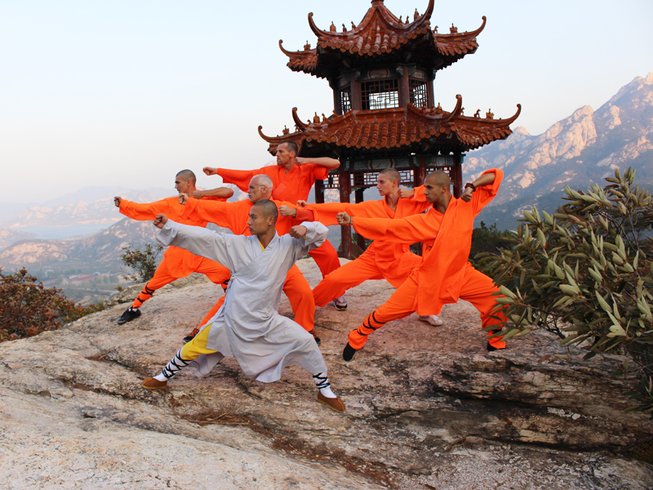
Study Kung Fu and Tai Chi in Las Vegas with Shi Chang Yuan, Shaolin Master of Songshan Shaolin Temple in China:-If you’ve always wanted to study martial arts with a genuine Shaolin Monk, then Shaolin Tai Chi Cultural Center is the perfect place! The head instructor and co-founder, Shi Chang Yuan, is a 35th Generation Shaolin Master from the Songshan Shaolin Temple in the Henan Province of China. He has performed and taught internationally, with more than 10 years of teaching experience. Shifu Yuan has a gift for teaching, he is inspirational, patient, nurturing and very knowledgeable. The learning is reinforced in an environment that is positive, enjoyable and simultaneously challenging. The school is conveniently located on Eastern Avenue, just east of the 215 near Henderson. Choose from a variety of classes, Kung Fu, Tai Chi/Qi Gong, Meditation and Chinese. Check the schedule for class times, the first Kung Fu or Tai Chi class is FREE! 
The practice of Shaolin Kungfu have been around for thousands if years. It is not only a form of self-defense but also a mental and social discipline. Here at Shaolin Tai Chi Cultural Center, Sifu Yuan will teach and guide each individual child to his or her highest capabilities. He is caring and patient in his teachings. With over a decade of teaching children, Sifu Yuan will lead your children to self-discipline, encourage a healthy physical and spiritual body, develop high self-esteem, instill a sense of respect ,broaden teamwork skills, and promote non-violent solutions.
Guided Search Filters
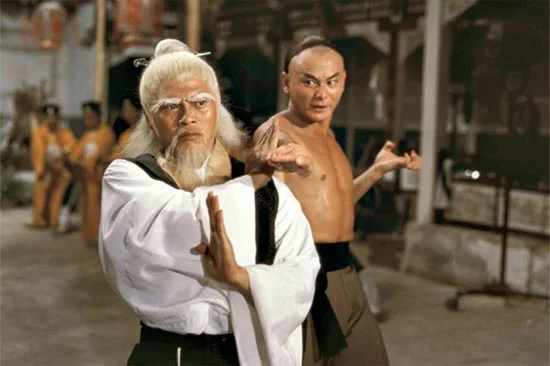
Study Kung Fu and Tai Chi in Las Vegas with Shi Chang Yuan, Shaolin Master of Songshan Shaolin Temple in China:-
In general, kung fu or kungfu (/ˌkʌŋˈfuː/ ⓘ or /ˌkʊŋˈfuː/; pinyin: gōngfu pronounced [kʊ́ŋfu]) refers to the Chinese martial arts also called wushu and quanfa. In China, it refers to any study, learning, or practice that requires patience, energy, and time to complete. In its original meaning, kung fu can refer to any discipline or skill achieved through hard work and practice, not necessarily martial arts (for example, the discipline of tea making is called the gongfu tea ceremony). The literal equivalent of “Chinese martial art” in Mandarin would be 中國武術 zhōngguó wǔshù.[1]There are many forms of kung fu, such as Shaolin kung fu, Wing Chun, and tai chi, and they are practiced all over the world. Each form of kung fu has its own principles and techniques, but is best known for its trickery and quickness, which is where the word kung fu is derived. It is only in the late twentieth century that this term was used in relation to Chinese martial arts by the Chinese community.[2] The Oxford English Dictionary defines the term “kung-fu” as “a primarily unarmed Chinese martial art resembling karate” and attributes the first use of “kung fu” in print to Punch magazine in 1966.[3] This illustrates how the meaning of this term has been changed in English. The origin of this change can be attributed to the misunderstanding or mistranslation of the term through movie subtitles or dubbing.[2],In popular cultureReferences to the concepts and use of Chinese martial arts can be found in popular culture. Historically, the influence of Chinese martial arts can be found in books and in the performance arts specific to Asia. Recently, those influences have extended to the movies and television that targets a much wider audience. As a result, Chinese martial arts have spread beyond its ethnic roots and have a global appeal.Martial arts play a prominent role in the literature genre known as wuxia. This type of fiction is based on Chinese concepts of chivalry, a separate martial arts society (武林; Wulin) and a central theme involving martial arts. Wuxia stories can be traced as far back as the 2nd and 3rd centuries BCE, becoming popular by the Tang dynasty and evolving into novel form by the Ming dynasty. This genre is still extremely popular in much of Asia and provides a major influence for the public perception of the martial arts.Martial arts influences can also be found in dance, theater and especially Chinese opera, of which Beijing opera is one of the best-known examples. This popular form of drama dates back to the Tang dynasty and continues to be an example of Chinese culture. Some martial arts movements can be found in Chinese opera and some martial artists can be found as performers in Chinese operas.In modern times, Chinese martial arts have spawned the genre of cinema known as the kung fu film. The films of Bruce Lee were instrumental in the initial burst of Chinese martial arts’ popularity in the West in the 1970s, following a famous demonstration of “Chinese Boxing” to the US karate community the Long Beach International Karate Championships in 1964. Martial artists and actors such as Jackie Chan, Jet Li and Donnie Yen have continued the appeal of movies of this genre. Jackie Chan successfully brought in a sense of humor in his fighting style into his movies. Martial arts films from China are often referred to as “kung fu movies” (功夫片), or “wire-fu” if extensive wire work is performed for special effects, and are still best known as part of the tradition of kung fu theater. (see also: wuxia, Hong Kong action cinema). In 2003, the Fuse (TV channel) began airing episodes of a half-hour television show titled Kung Faux that married classic kung fu films with hip hop sensibilities and comic affects to gain resilient critical success.[4]“Bitter Work,” the literal Cantonese translation of “kung fu,” is the title of the ninth episode of season 2 of Avatar. The episode entails the protagonist and nemesis of the show mastering different aspects of kung fu.Influence on early hip hopIn the 1970s, Bruce Lee was beginning to gain popularity in Hollywood for his martial arts movies. The fact that he was a non-white male who portrayed self-reliance and righteous self-discipline resonated with black audiences and made him an important figure in this community.[5] With the release of Enter the Dragon in 1973, kung fu movies became a hit in America across all backgrounds; however, black audiences maintained the films’ popularity well after the general public lost interest. Urban youth from every borough in New York City were attending movies in Manhattan’s Times Square every night to watch the latest movies.[6]Among these individuals were those coming from the Bronx where, during this time, hip hop was beginning to take form. One of the pioneers responsible for the development of the foundational aspects of hip-hop was DJ Kool Herc, who began creating this new form of music by taking rhythmic breakdowns of songs and looping them. From the new music came a new form of dance known as b-boying or breakdancing, a style of street dance consisting of improvised acrobatic moves. The pioneers of this dance credit kung fu as one of its influences[citation needed].Moves such as the crouching low leg sweep and “up rocking” (standing combat moves) are influenced by choreographed kung fu fights.[7] The dancers’ ability to improvise these moves led way to battles, which were dance competitions between two dancers or crews judged on their creativity, skills and musicality. In a documentary, Crazy Legs, a member of breakdancing group Rock Steady Crew, described the breakdancing battle being like an old kung fu movie, “where the one kung fu master says something along the lines of ‘hun your kung fu is good, but mine is better,’ then a fight erupts.”[7]See also Study Kung Fu and Tai Chi in Las Vegas with Shi Chang Yuan, Shaolin Master of Songshan Shaolin Temple in China
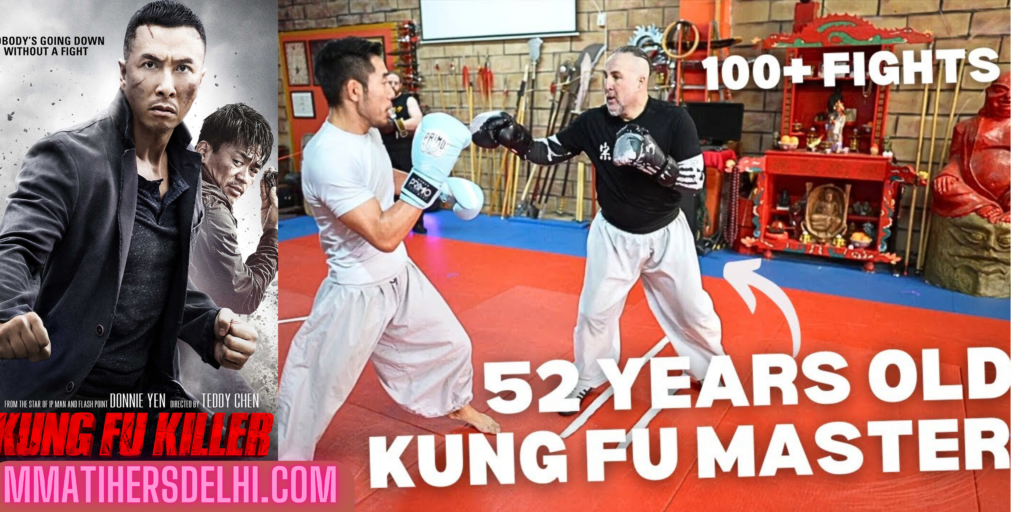
Kung Fu School Rules & Regulations During the practice of kung fu or any other martial arts, it is very important to take some precautions. Especially beginners, who are training for the first time:-First of all, the most important precaution: All students under the age of 15 years should either practice under the supervision of coach or any elder. Someone should always be there during your practice. You do not have to practice alone at all.
Rules during Martial Arts Practice (Training):- Following are the safety measures you have to take during martial arts training.
- Nothing should be eaten for two hours before Kung Fu training.
- Shoes should not have heels.
- Uniform or t-shirt trousers should not be tight.
- Do not wear any kind of jewellery during practice.
- Tie your hair well during practice.
- To avoid dehydration, keep a water bottle with you in training.
Rules during Sparring Practice
Following are the precautions you have to take during the practice of sparring.
- Sparring practice must be done in the presence of a coach or a senior or expert.
- Wear safety gears during the practice of sparring. Such as gloves, gum seal, head guard, chest guard, groin guard, shin guard, etc.
- Do not practice by wearing shoes.
- Uniform or t-shirt trousers should not be tight.
- Do not wear any kind of jewellery during the practice of sparring.
- During the practice of sparring, tie your hair properly.
- Don’t attack Your partner intentionally to harm. You will have to take all these precautions 8 always.“Safety First” always keep it in mind.
- SHARE THIS4 likes
15 Main Types of Kung Fu:-
Kung Fu, also known as Gong Fu, refers to a diverse range of Chinese martial arts that have developed over centuries. These martial arts encompass various styles, techniques, philosophies, and training methods. Here are some well-known types of Kung Fu:
- Shaolin Kung Fu: One of the most famous and influential styles, developed in the Shaolin Monastery. It emphasizes physical strength, flexibility, and various hand and weapon techniques.

2. Wing Chun: Known for its close-range combat and efficient techniques. It was popularized by the legendary martial artist Bruce Lee.

3. Tai Chi Chuan: Often practiced for its health benefits, Tai Chi emphasizes relaxation, meditation, and slow, flowing movements. It also has martial applications in some variations.

4. Baguazhang: Known for its circular and evasive footwork, Baguazhang incorporates palm strikes, joint locks, and throws.

5. Xingyiquan: Characterized by powerful, linear movements, Xingyiquan aims to generate quick and explosive strikes.

6. Hung Gar: A southern Chinese style that combines powerful hand techniques with strong stances and low kicks.
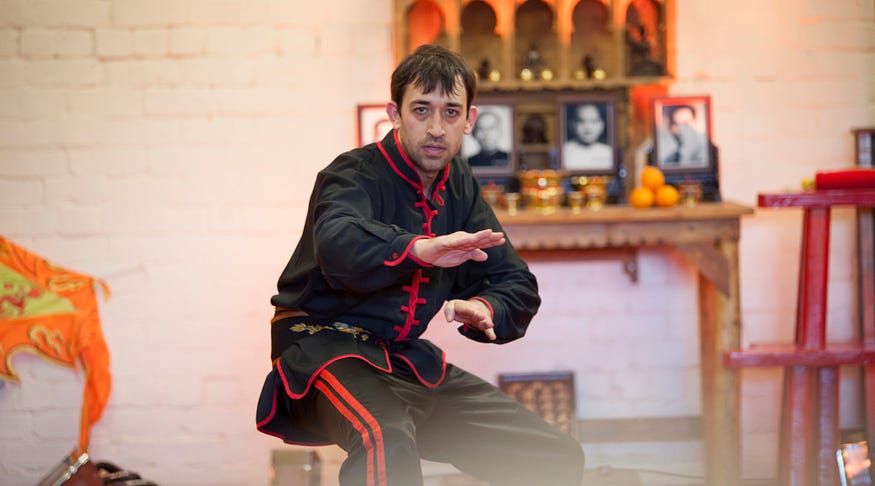
7. Praying Mantis: This style imitates the movements of a praying mantis and focuses on rapid strikes, joint locks, and throws.

8. Northern Shaolin: A broader category of Kung Fu styles originating from northern China, characterized by high kicks, acrobatics, and longer-range techniques.

9. Baji Quan: Known for its explosive and aggressive movements, Baji Quan focuses on short-range power and strikes.

10. Choy Li Fut: A hybrid style combining elements of northern and southern Kung Fu, known for its powerful kicks, open-hand techniques, and fast footwork.

11. Five Animals Kung Fu: Based on the movements of animals (tiger, crane, leopard, snake, and dragon), this style combines their characteristics into effective techniques.

12. White Crane: Emphasizes fluidity, breathing, and precise strikes, with movements inspired by the crane bird.

13. Lau Gar Kung Fu: Known for its strong stances, powerful punches, and effective self-defense techniques.

14. Nanquan: A southern style focusing on fast and agile movements, with an emphasis on low stances and hand techniques.

15. Wudangquan: Originating from the Wudang Mountains, this style emphasizes internal energy cultivation, blending martial arts with Taoist principles.

These are just a few examples of the many styles within the vast world of Kung Fu. Each style has its own philosophy, techniques, and training methods, catering to different aspects of self-defense, health, and personal development.

